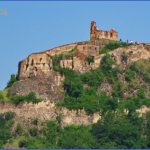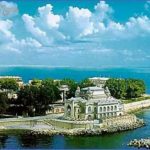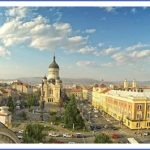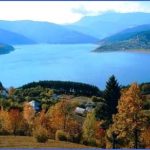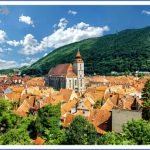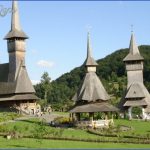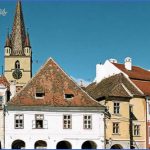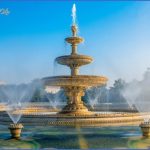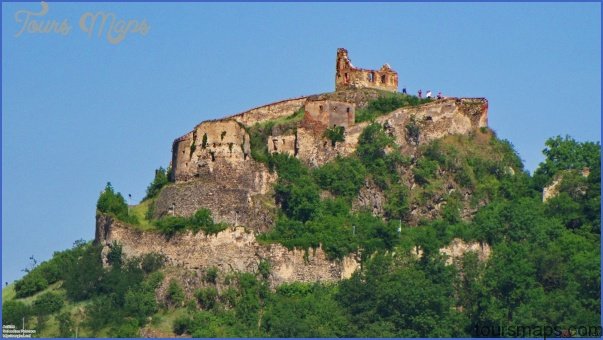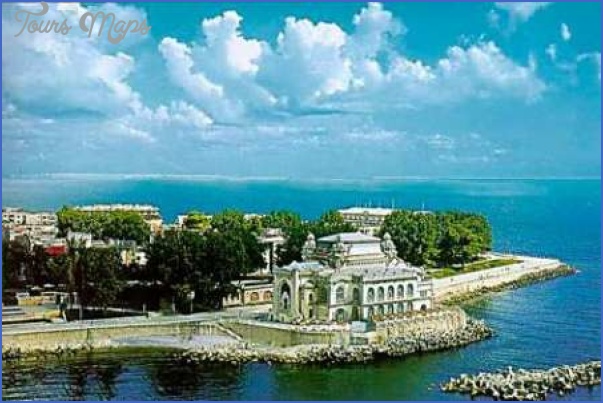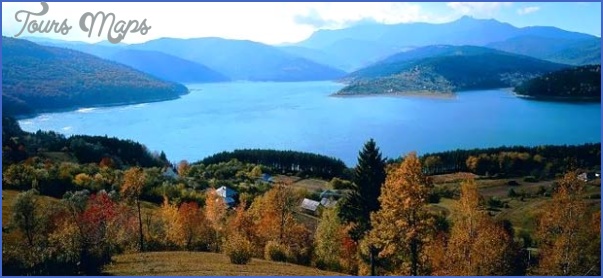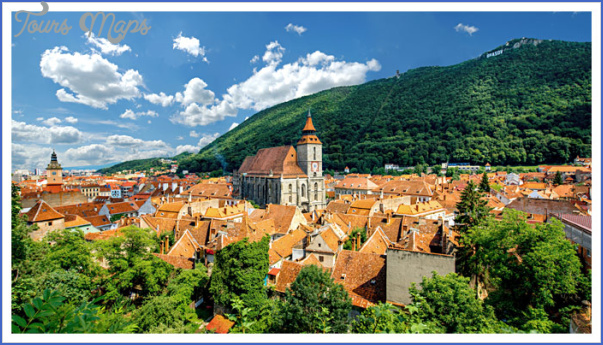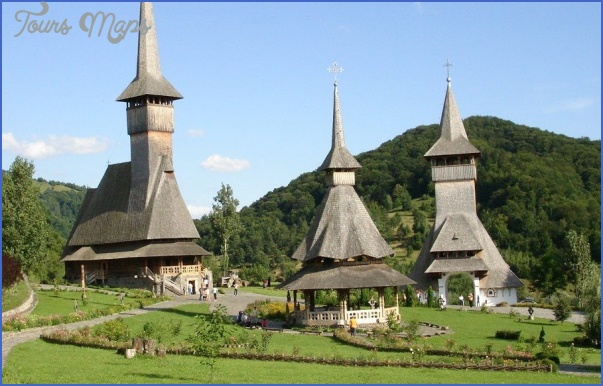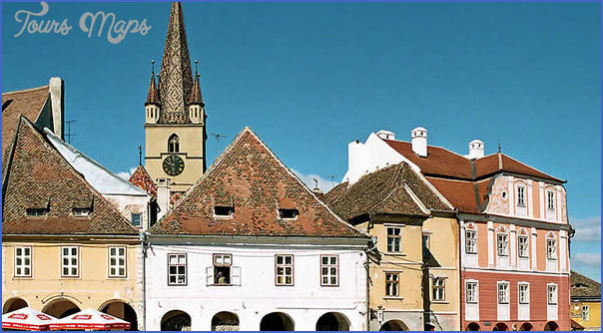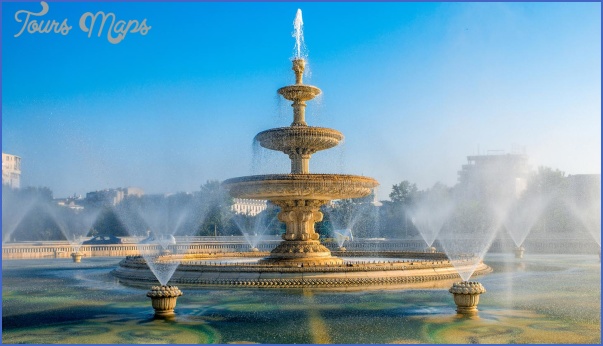Sighisoara
The medieval town of Sighisoara is listed in the UNESCO World Heritage as being the only inhabited citadel in Europe. It is a popular touristic destination, due to its particular architecture, as well as to the strong connection that exists between the citadel and the legendary image of the vampire-prince Dracula. Once a year, at the end of summer, Sighisora turns again into a medieval citadel from every point of view. The “Medieval Sighisoara” Festival addresses tourists all over the world, and the event is meant to bring to life the past through a series of popular and cultural events. Attractions which shouldn’t be missed are: The Manastire Church, The Lepers’ Church, Biserica din Deal or the Vlad Dracul House.
Cluj-Napoca
This is the historical capital of Transylvania. Cluj is a city of culture and a prestigious university center, with an enduring tradition and acknowledgement (in the 18th century the Piarists’ College was founded
The Fish Fountain and the Opera in Timisoara Artists, during the festival in Sighisoara Sighisoara The “Sf. Michael” Catholic Church in Cluj-Napoca The Council Square -Brasov The Episcopalian Palace -Oradea
here, an educational institution comprising four faculties). Artistic events (the “Transylvania” International Film Festival takes place here), pageants and high-life events complete the profile of a prestigious and imposing city. Touristic attractions are numerous, the most important being: the University, The Tailors’ Stronghold, The Calvaria Manastire Church, The Reformed Cetate Church, The Piarists’ Church, The Matei Corvin House, The Orthodox Cathedral, The Franciscans’ Complex, The Botanical Garden, The Reformes Synagogue or The History National Museum of Transylvania.
Sibiu
Considered to be one of the most beautiful Romanian towns, due to its unique architectural style and to the impressive complex of museums, Sibiu was awarded the official title of2007 European Capital of Culture. Sibiu is also the site of the “Radu Stanca” National Theatre, The Sibiu State Philharmonic and of the “Gong” Theatre for children and teenageers. Sibiu has a vast number of museums organized around the two great cultural and historical centers: The Brukenthal Museum and the Astra Museum. The town’s touristic attractions are: The Evangelical Church, The Orthodox Cathedral, The Roman-Catholic Church, St.Ursula’s Church, The Ethnography Museum, The History Museum, The Stairs Tower, The Council Tower, The Priests’ Tower, The Goldsmiths’ Stairs Tower, The Cisnadie Gate Tower, The Carpenters’ Tower, The Potters’ Tower, The Harquebusiers’ Tower, The Leather merchants Tower, The Powder-mill Tower.
Romania Guide for Tourist Photo Gallery
Brasov
This is a truly a city for tourists. The Poiana Brasov resort, situated at an 11km distance from Brasov, is considered to be one of the most beautiful winter resorts in the country. Tourists interested in winter sports have at their disposal a complex hotel base, as well as slopes with different degrees of difficulty, equipped with cable transportation installations at international standards. The architecture of the town of Brasov is made up of a variety of styles. The Black Church – an edifice in the Gothic style, the Council House, a combination of styles: Gothic, Renaissance, and Baroque; The St. Nicholas Church in Scheii Brasovului – the main church of Romanian in Brasov. At its construction contributed several rulers from Walachia (Neagoe Basarab, Petru Cercel) and Moldavia (Aron Voda), which justifies its composite aspect. Other touristic attractions are the ruins of the old wall of the Brasov fortress (an enclosure) which can be seen at the feet of the Tampa mountain, together with a few towers and the Tailors’ Stronghold, turned into a museum; The White Tower and The Black Tower; The Ecaterina Gate, in Gothic style, and Scheilor Gate, Baroque style, The Warthe Wall or the Central Park.
Maybe You Like Them Too
- Romania Road Map Online
- Best Pre-Wedding Photoshoot Ideas
- Romania Map Of Counties
- Romania Map Google
- Romania Map Google Earth

